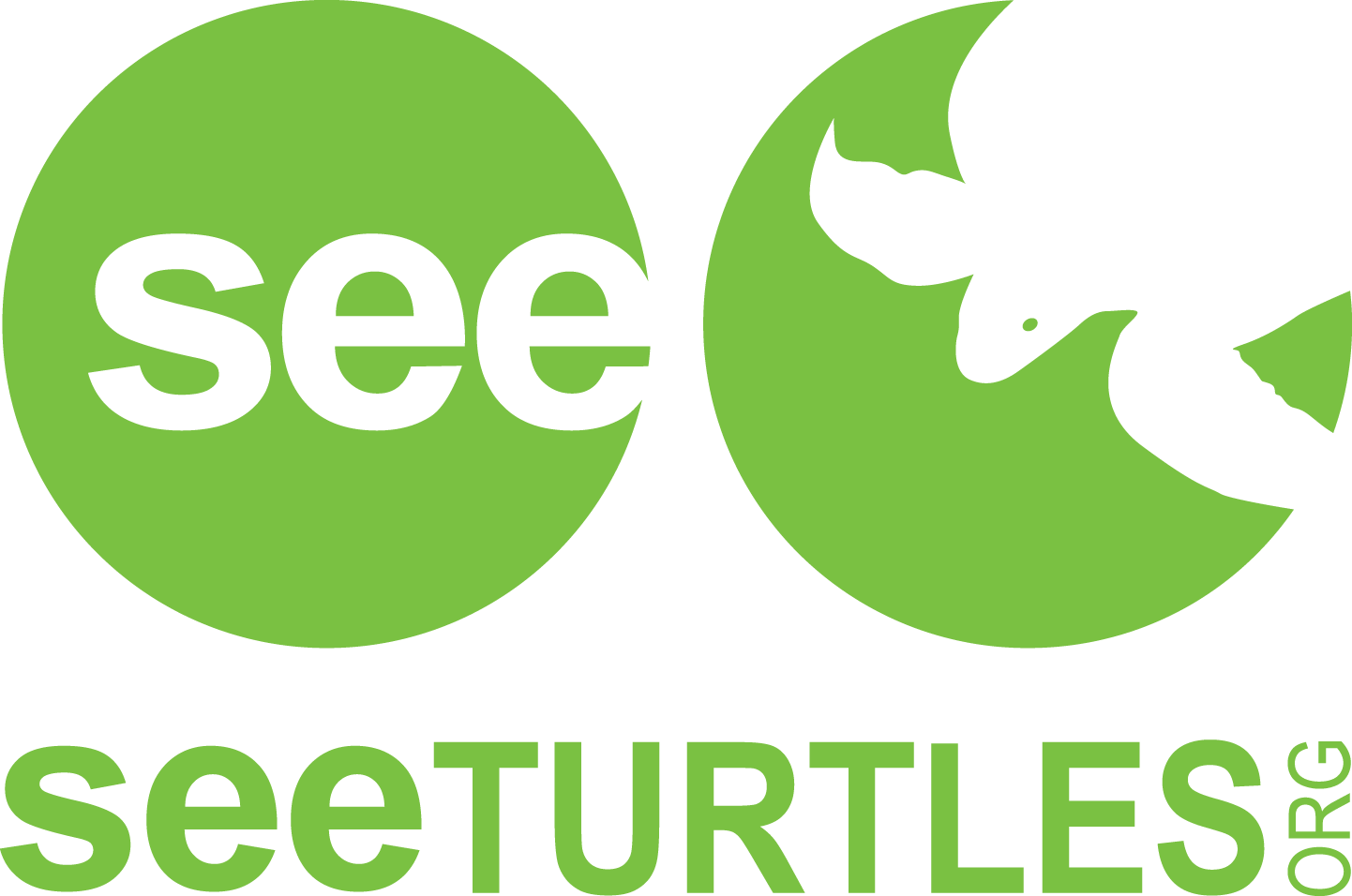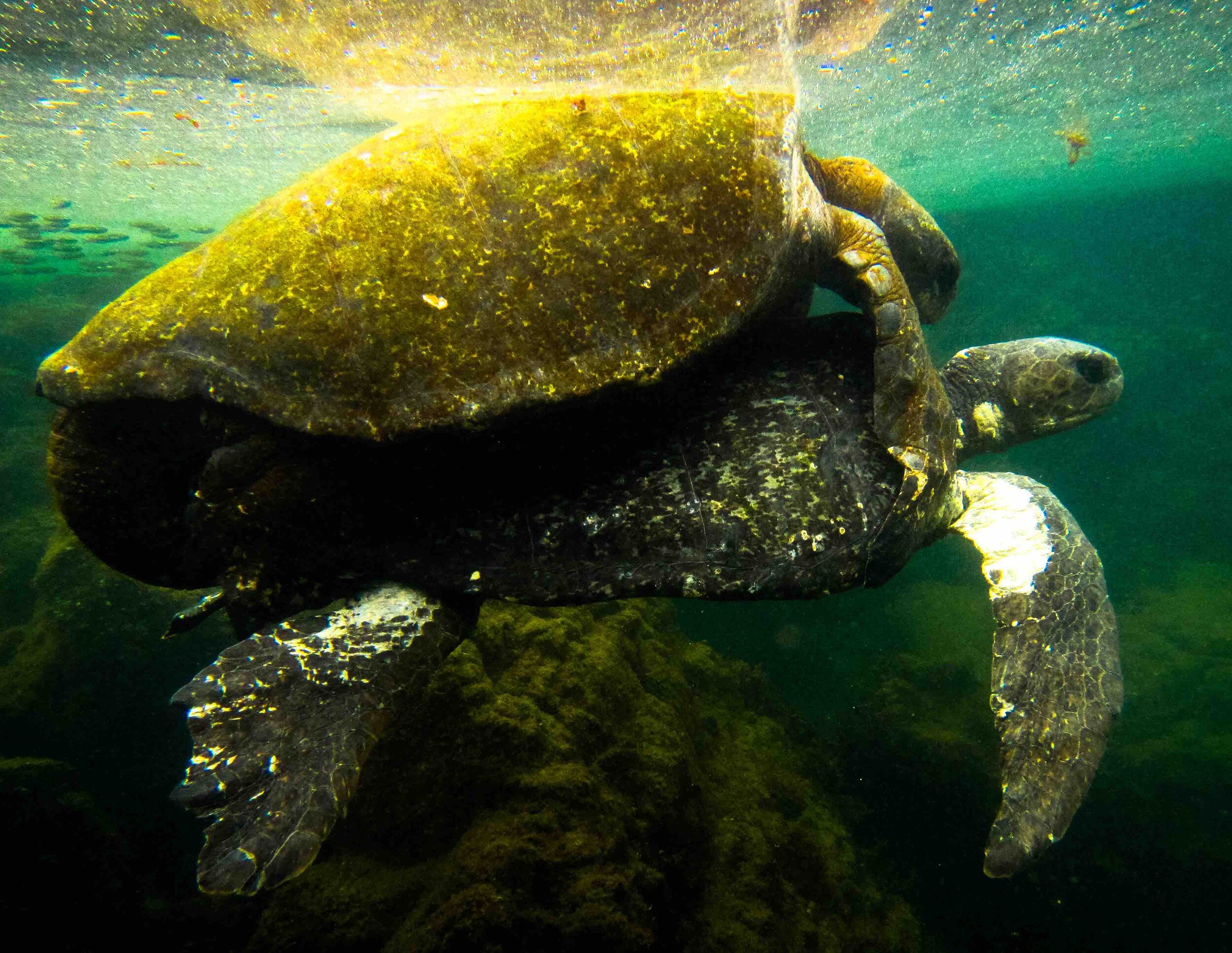Galapagos Turtles
When people think of turtles, the Galapagos Islands are one of the first places to come to mind. With the combination of charismatic giant tortoises on land and abundant sea turtles in the water, this archipelago is one of the best places in the world to see these hard-shelled creatures. The name “Galapagos” even comes from the Spanish word for tortoise.
The two primary types of turtles you will find on these islands are:
Galapagos tortoises
Green sea turtles
GALAPAGOS TORTOISES
These are the world’s largest tortoises, of which there are a total of 12 species that live among the various islands (two of them are considered extinct). There were an estimated 250,000 of them living in the 1500’s but fewer than 20,000 remain. Of the 12 remaining species, 6 are listed as Critically Endangered, 3 as Endangered, and 3 as Vulnerable on the IUCN Red List. These tortoises can live more than 100 years; one captive individual survived 170 years. The name “Galapagos” comes from the Spanish word for tortoise, given to the islands by Spanish explorers in the 1500’s. The decline of these tortoises is due to exploitation of their met and oil, loss of habitat for agriculture, and invasive species such as rats, pigs, and goats.
GREEN SEA TURTLES
The green sea turtle (Chelonia mydas) is the only sea turtle to nest on the islands in small numbers. They can weigh up to 500 lbs (225 kg) and reach four feet (1.2 m) in length. Adults are herbivores that feed on sea grasses, seaweeds, algae and of marine plant life. Their beak well-adapted to this diet, sharp and finely serrated and this green diet colors their fat the same color, hence their name (they were the most popular turtle for turtle soup in the past and still are in some places.) They can be found nesting in small numbers on Isabela Island, as well as in coastal waters around the archipelago, especially in places like Tintoreras.
These turtles can be more commonly found in the waters of the Galapagos and a few individuals have been tracked all the way to Costa Rica’s Osa Peninsula, where they feed and grow before returning to nest. Green turtles is considered endangered by the IUCN around the world, due to consumption of their eggs and meat, getting caught in fishing gear, plastic ingestion, and other factors.
what is see turtles?
SEE Turtles is an award-winning conservation non-profit that supports efforts to protect these animals around the world. We have saved millions of hatchlings through our Billion Baby Turtles program, work to end demand for tortoiseshell products through our Too Rare To Wear campaign, and connect people with sea turtle projects through our Conservation Tours. Learn more about SEE Turtles.
To learn more about Galapagos turtles, contact us here.
Photo credits: Neil Osborne (banner), IOI




